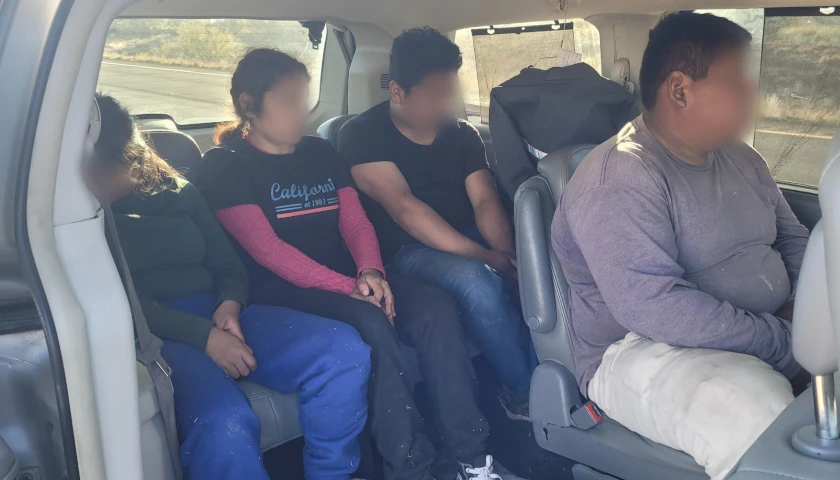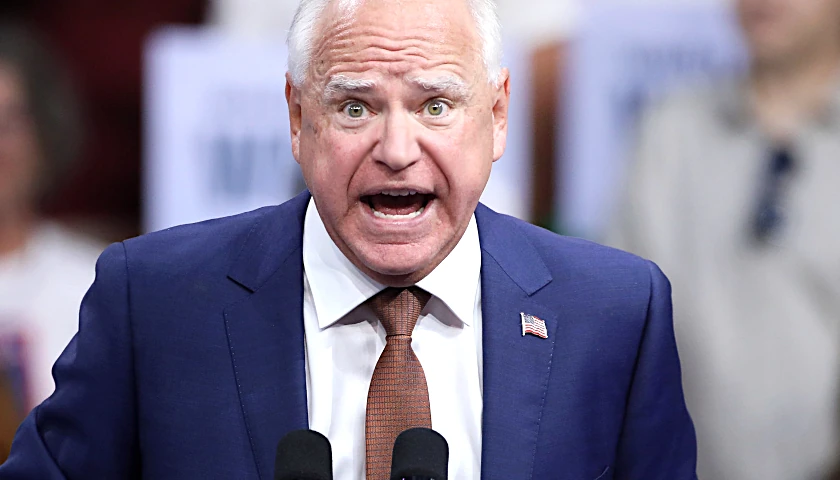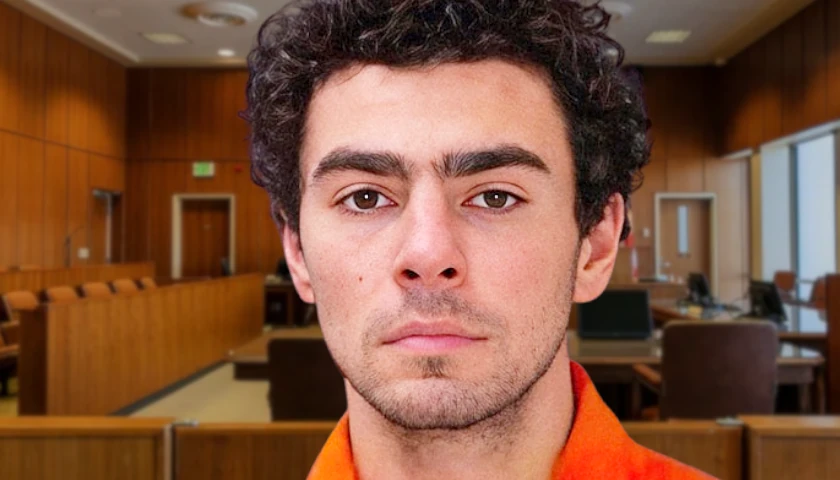by David Keltz
With the exception of those who may have glanced at the February edition of Vogue magazine or recently browsed the New York Times style section, we have not seen or heard much from Kamala Harris since she was sworn in as the 49th vice president of the United States on January 20.
We did, however, learn from the Washington Post that Harris likes to crochet and that she recently “learned about a special hand-dyed yarn” after visiting a knitting shop in Alexandria, Virginia.
On March 24, the vice president’s low visibility seemed likely to change when President Biden tapped Harris to lead the ongoing border crisis that has spiraled out of control since his Executive Orders (EOs) on immigration have reversed many of former President Trump’s immigration policies, including Trump’s “zero tolerance” stance on prosecuting illegal border crossings.
Harris is the “most qualified person” to lead the effort, Biden said after anointing the vice president the border czar.
But, as of this writing, Harris has now gone 41 days without holding a single press conference to discuss the crisis. She has refused to visit the southern border because, in her words, “we have to deal with COVID issues.” Yet Harris has found the time to visit several other states to promote the Biden administration’s infrastructure plan and other initiatives.
So what exactly is Harris doing to address the influx of illegal immigrants from Mexico and several Central American countries?
On April 27, Harris announced that the U.S. will send $310 million in aid to Mexico and Central America’s Northern Triangle countries — Honduras, El Salvador, and Guatemala. The aid will come from the budgets of the State, Defense, and Agriculture departments. So we are reallocating funding from our military to pay other countries not to send their citizens here. How’s that for “building back better”?
It is not clear how the Biden administration will ensure that the aid will be spent towards its intended purpose instead of enriching corrupt Central American governments. Harris has yet to speak with the leaders of Honduras and El Salvador.
“While we are clear that people should not come to the border now, we also understand that we will enforce the law and that we also — because we can chew gum and walk at the same time — must address the root causes that cause people to make the trek,” Harris said on March 24.
According to Customs and Border Patrol (CBP) data, in Trump’s final month in office, illegal border crossings remained manageable at 78,444.
But after Biden signed his immigration EOs, illegal border crossings have surged every month. In February, 101,028 illegal immigrants crossed our southern border, and March saw the number of border crossings balloon to 172,311. Based on preliminary numbers for April, at least another 172,000 migrants illegally entered the country.
Meanwhile, ICE arrests have decreased by more than 60 percent from an average of 6,800 per month during Trump’s final three months in office to 2,500 in Biden’s first full month.
In other words, since Biden became president, migrant crossings have significantly increased while arrests of illegal immigrants have swiftly decreased. And in the more than six weeks since Harris was put in charge of immigration policy, the number of illegal immigrants crossing into our country has not slowed.
After allowing over 4,000 migrants (many of them children) who had not been tested for COVID to be crammed into a detention center designed for 250 people near the Rio Grande, the Biden administration has asked the CBP to build a new caging facility as quickly as possible.
To make matters worse, there has been a significant increase in the number of migrants smuggling fentanyl, the deadly man-made synthetic opioid that is 50 times more potent than heroin and killed more than 87,000 people in the U.S. last year. Between January and April, New Mexico law enforcement officers seized nearly 3,200 fentanyl pills, a 2,682 percent increase from all of last year.
The good news is that at a conference on Tuesday, Harris finally announced what she believes to be the root causes of the border surge. To the surprise of no one, the vice president does not believe that the Biden administration’s lax immigration policies are in any way responsible for the increase in illegal immigrants.
Instead, Harris attributed the surge to climate change, among other excuses: “The catastrophes that are causing people to leave right now. The hurricanes, the pandemic, the draught, and extreme food insecurity … the lack of climate adaptation and climate resilience.”
As of last week, there were still more than 22,000 migrant children in Health and Human Services (HHS) custody, and the CBP estimates that as many as 184,000 unaccompanied children could reach the border by the end of the year. The Biden administration has committed to spending at least $60 million per week, or $3.1 billion annually, to house them.
But Biden recently concluded in a rare interview that his administration has “now gotten control” of the border situation, which means that Harris will have plenty of time to work on her crocheting.
– – –
David Keltz was a speechwriter for the Administrator at the U.S. General Services Administration from 2020–21 and is the author of the new book The Campaign of His Life and Media Bias in the Trump Presidency and the Extinction of the Conservative Millennial. He previously served as a White House Intern for Vice President Mike Pence. You can follow him on Twitter @david_keltz.








